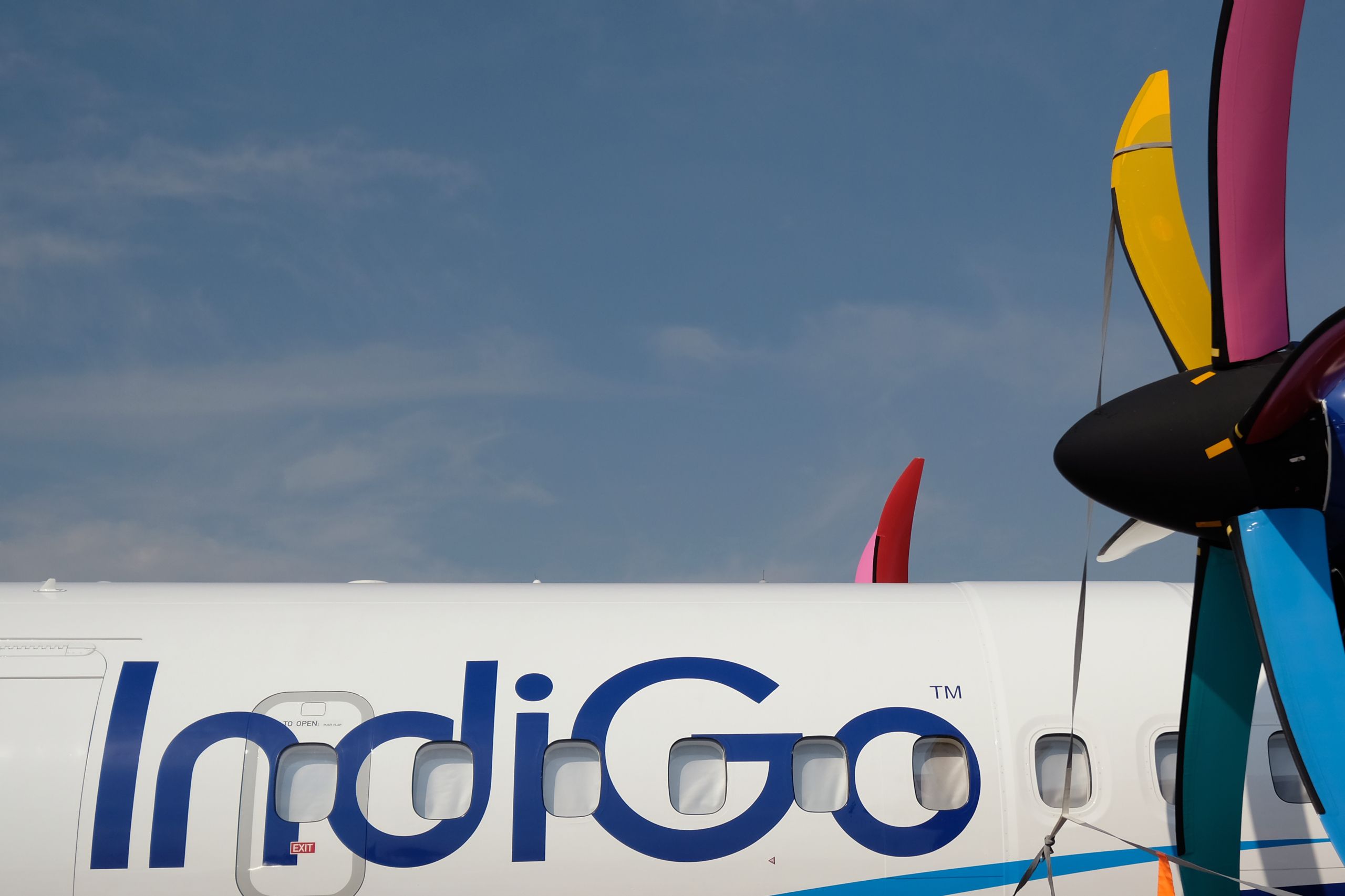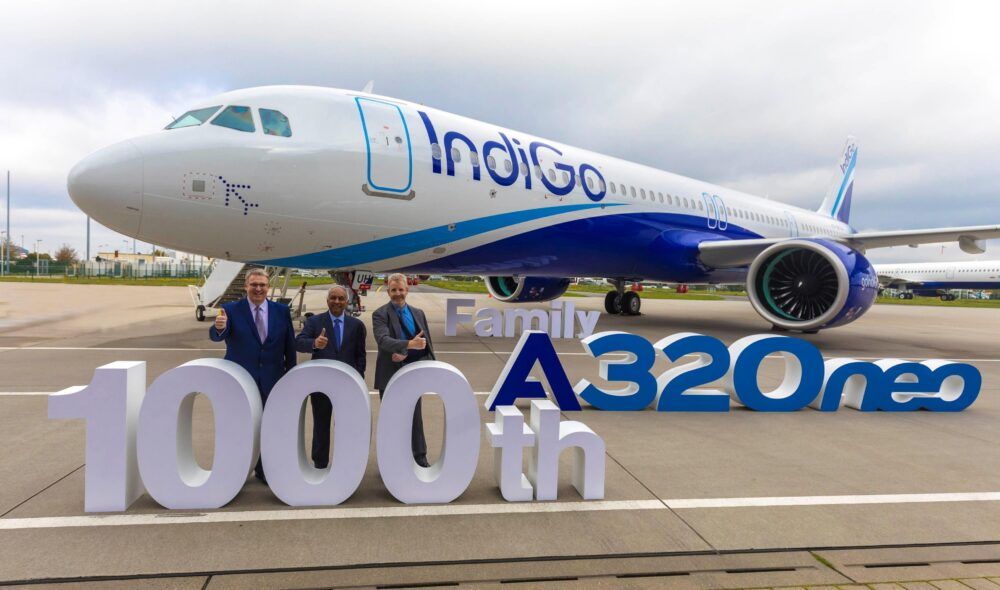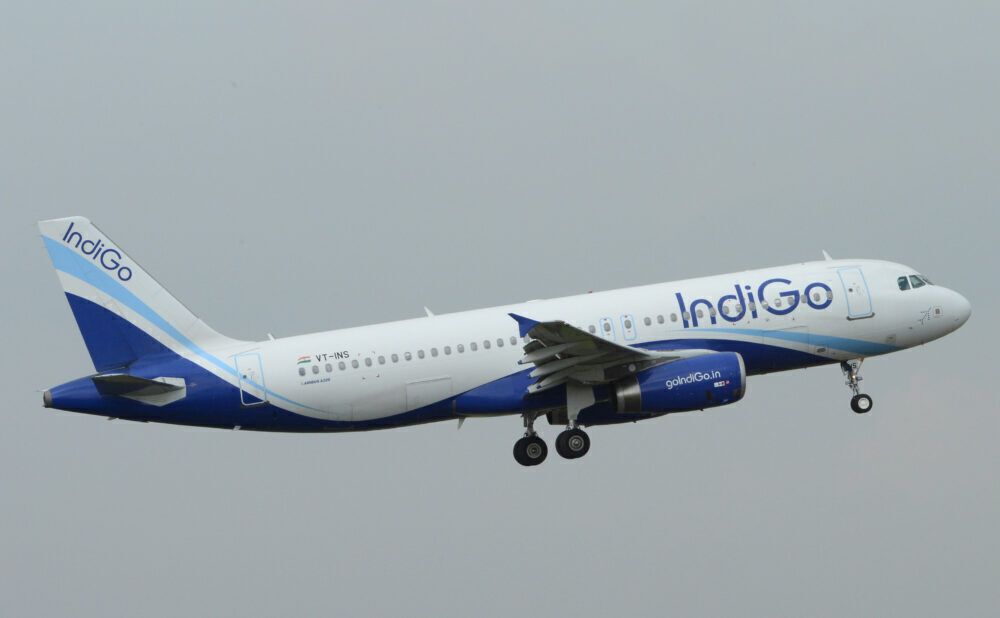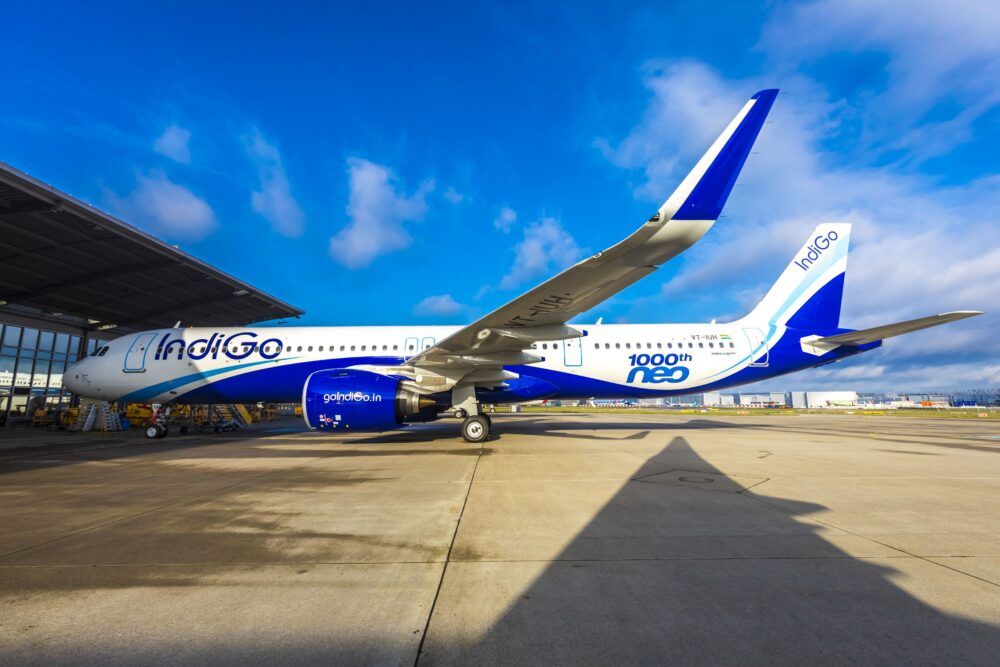IndiGo has stepped up its aircraft deliveries in recent weeks, taking on four ATR 72s and two A320neo family jets. However, despite steady deliveries since last year, the airline's fleet size remains virtually unchanged. Here's what is happening with IndiGo's fleet.
Keep going
When looking at IndiGo's delivery schedule, it's hard to tell that the airline was ever hit by the pandemic. The carrier took 44 A320neo family jets in 2020 and 16 more this year at the time of writing. Add to this four new ATR 72s, and the airline is at 74 new planes since last year alone. This figure will continue to rise through 2021, as IndiGo signals its willingness to take on new aircraft.
However, this influx of new aircraft has not changed the overall fleet size. As of 30th June 2020, IndiGo operated a fleet of 274 aircraft, the largest in India by a wide margin. However, a full year and dozens of deliveries later, this figure only stands at 277 planes. So what aircraft is IndiGo retiring?
Stay informed: Sign up for our daily and weekly aviation news digests.
Retire
In June 2020, IndiGo announced that it would rapidly retire all of its aging A320ceos in favor of the more fuel-efficient A320neos. The pandemic meant the airline saw lower demand in the near future and was taking this chance to modernize its fleet.
However, unlike other airlines that were expecting to see a reduction in demand in the longer term, IndiGo wanted to continue growing. To offset the losses of its A320-200s, it decided to continue deliveries of its A320neos with minimal disruption. The rate of retirement and new deliveries has been nearly 1:1, ensuring the fleet size does not waver too much.
While IndiGo initially planned to let go of all of its A320ceos by 2022, it said during its quarterly results this week that the process could extend into 2023. However, retirements are moving quickly, with the number of A320ceos falling from 120 in June 2020 to just 85 as of today.
Taking advantage
With traffic in India still far below pre-pandemic levels, IndiGo's strategy is largely paying off. The carrier has been using new deliveries to boost cash from sale-and-leaseback deals and reduce its fuel bill with the newer A320neos. Currently, 262 of 277 planes are on operating leases from lessors around the globe.
The decision to continue deliveries has also allowed IndiGo to plan for the future. After facing delays in receiving new A321neos in 2019, the carrier has increased its fleet size by over 300% during the pandemic. This means a lot more capacity and lower costs per seat on many routes, while also priming the airline for an international expansion as soon as restrictions are eased.
As Indian aviation slowly begins another recovery, IndiGo plans to continue increasing capacity. This will be aided by its modern and efficient fleet, which will continue growing for years to come.
What do you think about IndiGo's fleet composition? Let us know in the comments!




